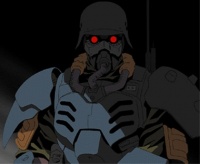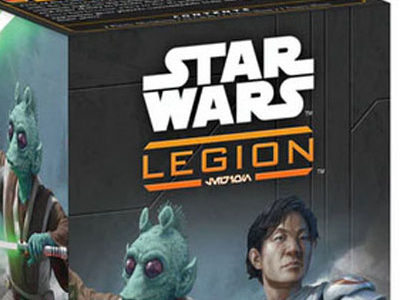
Jin-Roh: The Wolf Brigade, the most intriguing science fiction anime release since Ghost in the Shell, begins a theatrical run at the Cinema Village in New York City this weekend. Directed by Hiroyuki Okiura from a script by Mamoru Oshii, the director of Ghost in the Shell and Avalon (see 'Neil Gaiman Adapting Oshii's Avalon'), Jin-Roh is set in an alternate future in which Japan has lost World War II to Nazi Germany. The Nazi occupiers have left, but society is riddled with conflict between a heavily armed police force and a clandestine revolutionary organization known only as the 'sect.' Although Jin-Roh does contain some brutal, violent set pieces, it is really more of psychological study than an action film -- Vertigo played out in a world imagined by Phillip K. Dick (The Man in the High Castle). Visually stunning, psychologically profound, and narratively complex, Jin-Roh is a prime example of how 'adult,' in the best meaning of that word, anime can be. The marvelously detailed alternate world created in Jin-Roh would have cost hundreds of millions of dollars to recreate in a live action film. Jin-Roh, which contains more than its share of haunting images, is a worthy successor to Akira and Ghost in the Shell in the great and growing tradition of science fiction anime.
Viz Films, which prepared the American version of Jin-Roh, has managed to book an ambitious schedule of theatrical releases that includes dates in: New York, Seattle, Austin, San Jose, San Francisco, Chicago, Berkeley, Monterey, Portland, Los Angeles, Atlanta, Pasadena, Hartford, and Louisville. Elvis Mitchell reviewed Jin-Roh in today's New York Times, admiring its narrative complexity and ambition: 'Jin-Roh is far more than a cartoon; it strains toward a grown-up emotional depth that most films starring grown-ups reject.'







